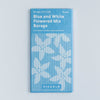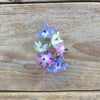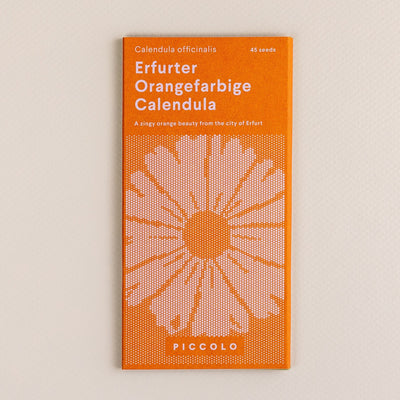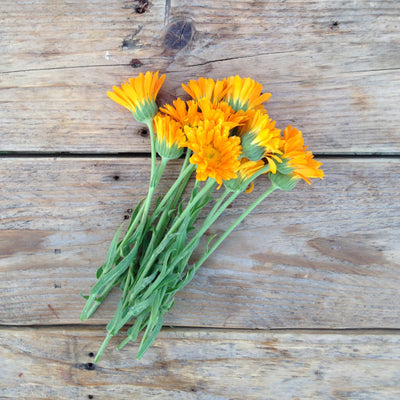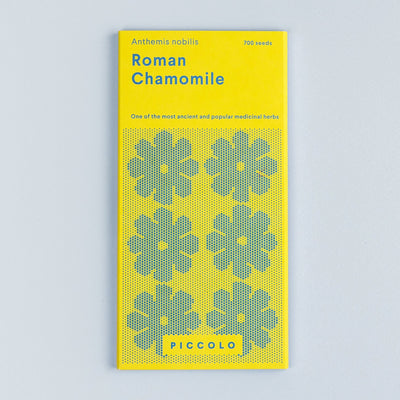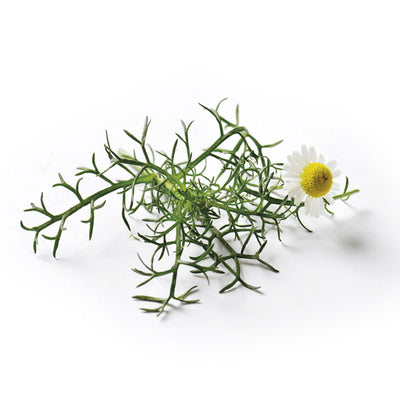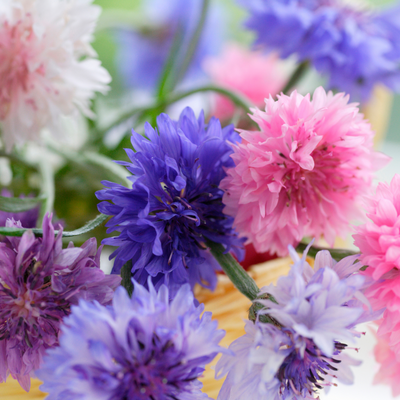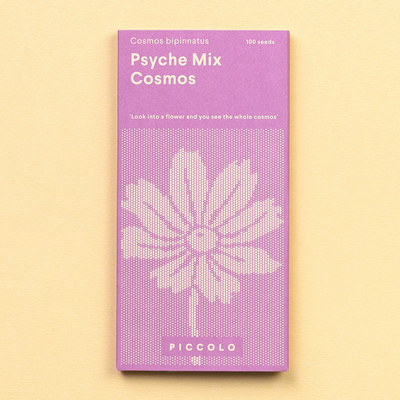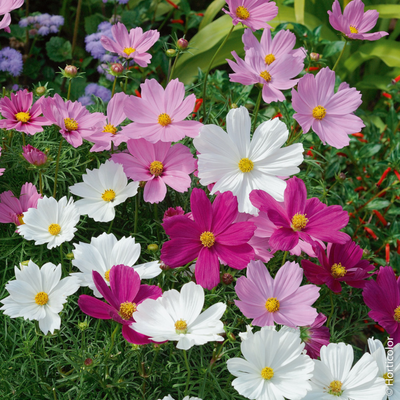Borage Flower Mix



Regular price €3.00
Borage, also known as starflower, is an edible ornamental and medical plant, the praises of which have been sung by some of the most famous herbalists in history. John Gerard’s Herball includes –the saying Ego borago, gaudia semper ago, meaning ‘I, borage, bring always courage’. And, according to Pliny the Elder, when borage leaves and petals are put into wine, it ‘makes men and women glad and merry, and drives away all sadness, dullness and melancholy’. With such commendations, it’s no surprise that the Blue and White Flowered Mix variety has became a favourite in modern mixology, being used to garnish cocktails such as the gin-based Pimm’s Cup.
Details
Latin name
Borago officinalis
Name
Borage
Variety
Blue and White Flowered Mix
Quantity
50 seeds
Plant size
Height 60 cm
Width 30 cm
Container size
Height 30 cm
Width 30 cm
Companion plant
Tomatoes, peppers, eggplants, strawberries, cucumbers, salads.
How to grow
Sowing
Indoor Feb-Mar
Outdoor Apr-June
Timing
Germination 7-15 days
Harvesting 50-70 days
Spacing
When sowing 3-5 cm; Depth 3 cm
When thinning 10-15 cm
Growing
Sunligth Full sun to partial shade
Soil Well-drained, light and moist soil
Watering Regular, moderate watering
Feeding No fertilizer or compost addition is necessary
Caring
Expert tip Do not fertilise because this will promote leaf growth and suppress flowering. Dead-heading or picking the flowers will prolong blooming.
Supporting
Pollinators
Attracts bees and butterflies.
Pests
Repels tomato pests.
How to eat
Harvesting
Pick borage petals and leaves in the cool morning air when the flowers have just opened. Cut young, tender leaves in their first stage for culinary use.
Eating
Medicinal properties Among its many other benefits, borage is said to make a great restorative tea for curing hangovers!
How to eat Culinary use of borage is common in the Mediterranean region. In Spain, perhaps the world leader in borraja cookery, you can eat the plant stir-fried with garlic and oil or cooked into crunchy crespillos. In Italy, the leaves are used to fill traditional ravioli. The flowers, whether fresh or candied, also make a beautiful decoration for desserts and cakes.

